Planning your trip to Iceland in March? March is a great time to visit Iceland as it is officially the last month of winter season and the travelling cost is low.
But The month of March is one of the coldest, wettest times of the year, but there’s no bad time to pay a visit to the Land of Fire and Ice as long as you’re prepared. This is your guide to visiting Iceland in March, especially if you’re planning on road tripping around the country!
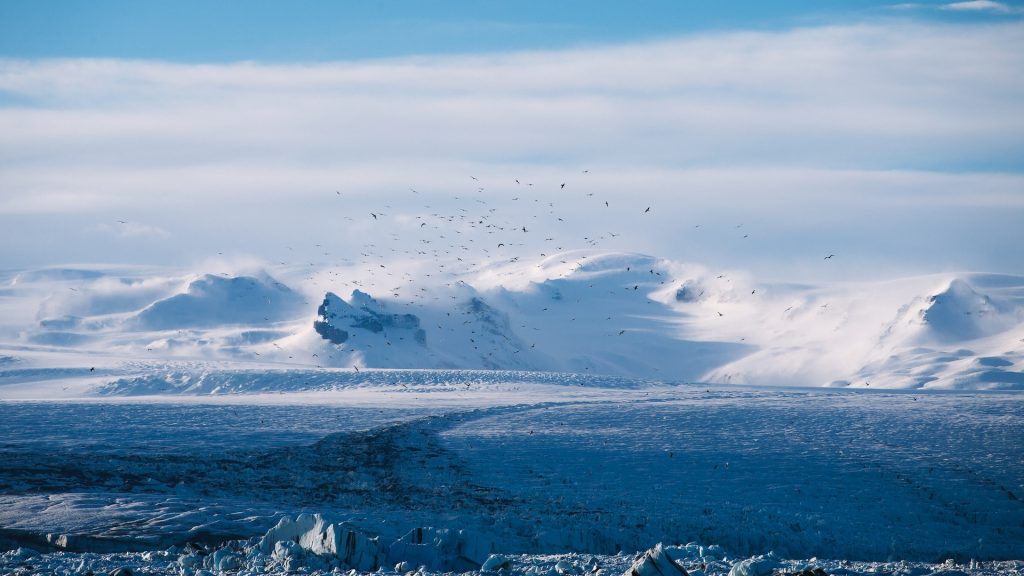
What is the weather in March in Iceland ?
Although March begins to see slightly more daylight, this is still the middle of winter in Iceland. Expect cold temperatures that frequently dip below freezing and lots of precipitation.
March is one of the rainiest months in Iceland while also still seeing its fair share of snow and ice. Overall Iceland will see an average of 3.3 inches of precipitation a day in March! Temperatures range from an average high of 38°F (3.3°C) and a low of 28°F (-2.2°C).
Daylight hours will begin to increase in March, especially in the later half of the month. The beginning of March sees an average of about 10 hours of daylight a day and increases all the way to 13 hours a day by the end of the month.
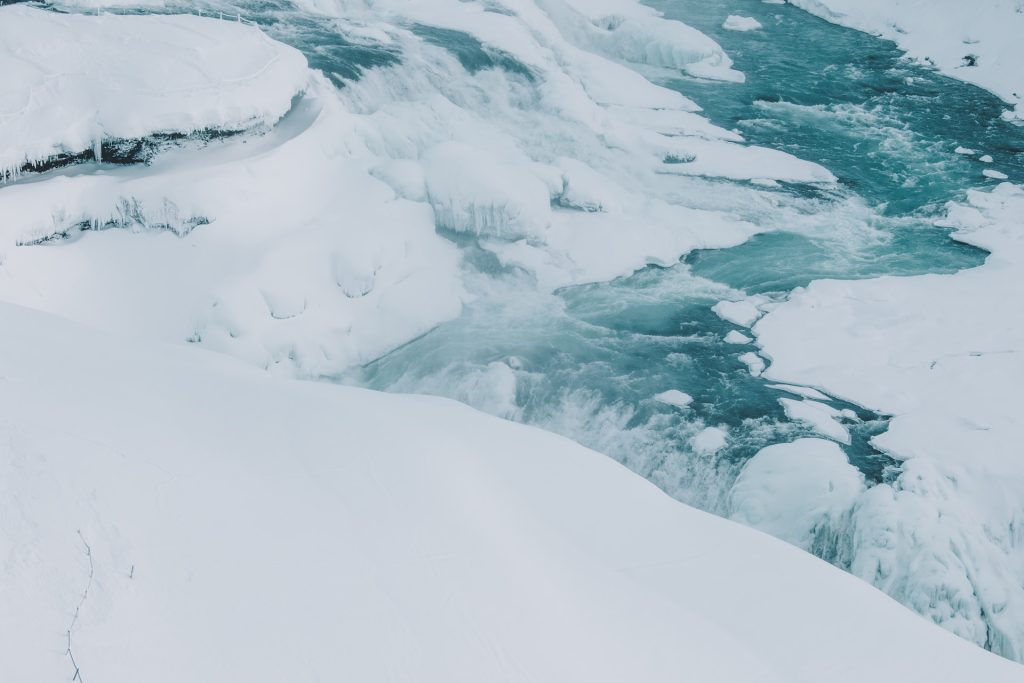
Can you see the northern lights in Iceland in March?
Yes! March is one of the best months to see the northern lights in Iceland although peak conditions will begin to wane toward the end of the month as the long nights of winter start to fade. To have a better chance witness this natural phenomenon, visiting the spots when less light pollution under a clear sky could help. Or consider joining a guided northern lights tour to increase the chance.
You can check out Iceland’s official Aurora Forecast website to see if it’s a good night for viewing the northern lights or hop on an aurora viewing tour to seek out more remote destinations that are an even better environment for catching a glimpse of these dancing ribbons of light.
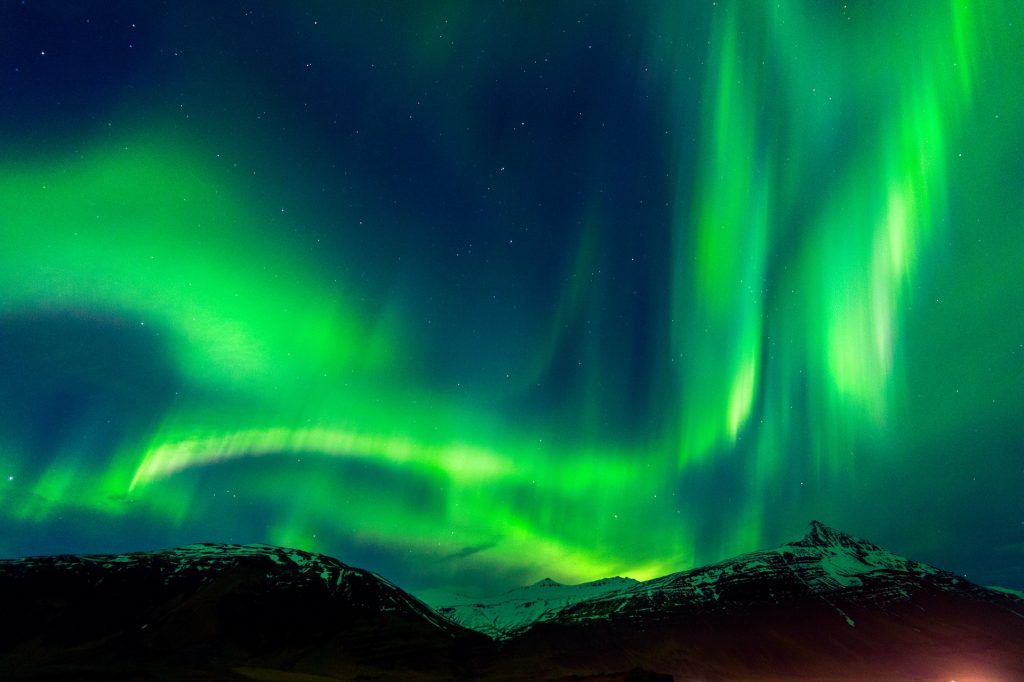
The road conditions of Iceland in March
March in Iceland is a time of transition, where winter gradually gives way to spring. However, driving in Iceland in March can present unique challenges due to the lingering winter weather conditions. The landscapes are still often blanketed in snow, and roads can be covered with ice, particularly in more remote areas and the northern regions. This can lead to treacherous driving conditions, especially for those not accustomed to navigating in such environments.
Preparing for Winter Driving
For travelers considering driving in Iceland in March, preparation is key. While main roads, like the Ring Road, are regularly maintained and cleared, secondary roads in rural areas may still be heavily affected by snow and ice. It is crucial to be prepared for varying road conditions:
- Renting the Right Vehicle: Opting for a 4×4 vehicle is advisable. These vehicles offer better traction and handling in snowy and icy conditions, providing a safer driving experience.
- Winter Driving Skills: Drivers should be experienced in or familiarize themselves with winter driving techniques. This includes understanding how to control skidding and how to drive effectively on icy roads.
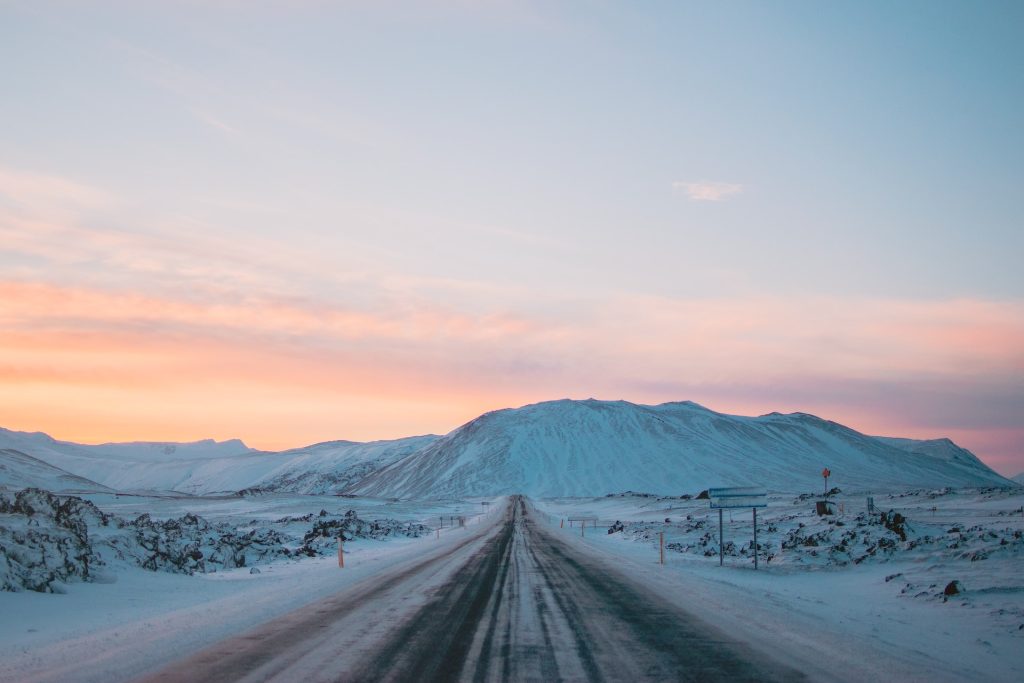
Keeping Informed
Staying informed about the current road conditions and weather forecasts is vital for a safe journey:
- Road Conditions Updates: Regularly check updates from the Icelandic Road and Coastal Administration (IRCA) for the latest on road conditions. Their website provides real-time updates on road closures, snowfall, and road maintenance.
- Weather Forecasts: The Icelandic Meteorological Office is an essential resource. Weather in Iceland can change rapidly, and being aware of the forecast can help drivers avoid being caught in undesirable conditions.
Tips for Safe Driving in March
- Drive Slowly and Cautiously: Speed limits should be regarded as maximums in ideal conditions. In March, reducing your speed to account for the weather and road conditions is crucial.
- Plan Your Route in Advance: Knowing your route and having alternatives in case of road closures can save a lot of trouble.
- Pack Emergency Supplies: In case of unexpected delays or weather changes, having supplies such as extra food, water, warm blankets, and a first-aid kit is advisable.
- Daylight Hours: Take advantage of the increasing daylight hours in March for safer driving visibility.
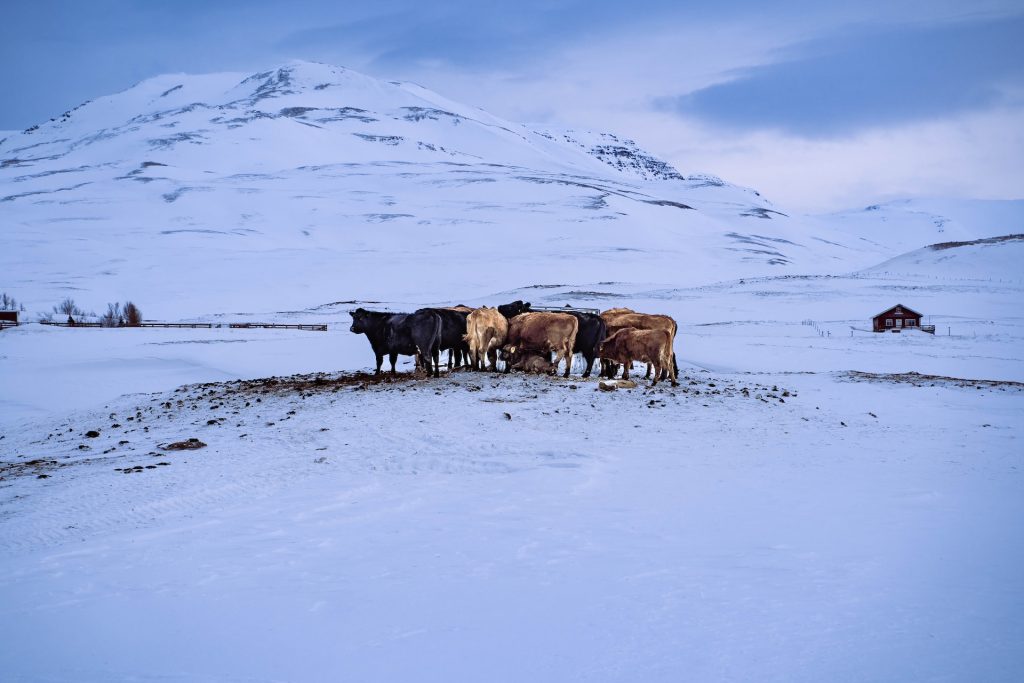
Best Things to Do in Iceland in March
Despite Iceland’s wintry disposition in March, there are still tons of amazing experiences to have. Weather doesn’t stop Icelanders from exploring their country to the fullest and you won’t have trouble finding incredible things to do. Here are some of the best things to do in Iceland in March.
1. Outdoor Activities: Ice Caving & Horseback Riding
Come prepared with your winter weather gear and outdoor activities are your oyster on a trip to Iceland. Some experiences, like ice caving and snowmobiling across a glacier, can’t be done in the summer months and should be taken advantage of if you happen to be visiting Iceland in March.
Ice caving tours, often combining a bit of glacier hiking, typically take visitors to the Vatnajokull Glacier in the south coast. This otherworldly experience must be done with a trained guide and while it can be strenuous, it’s worth it for the electric blue views of the glacier from below its surface.
Horseback riding is another great activity in Iceland’s winter months. Icelandic horses are strong, sturdy, and well used to winter conditions. It’s easy to get around in the snow with these burly beasts and a great way to see the Icelandic countryside. These beautiful horses are highly revered in Iceland and around the world for their playful dispositions and unique lineage that can be traced back to Viking times.
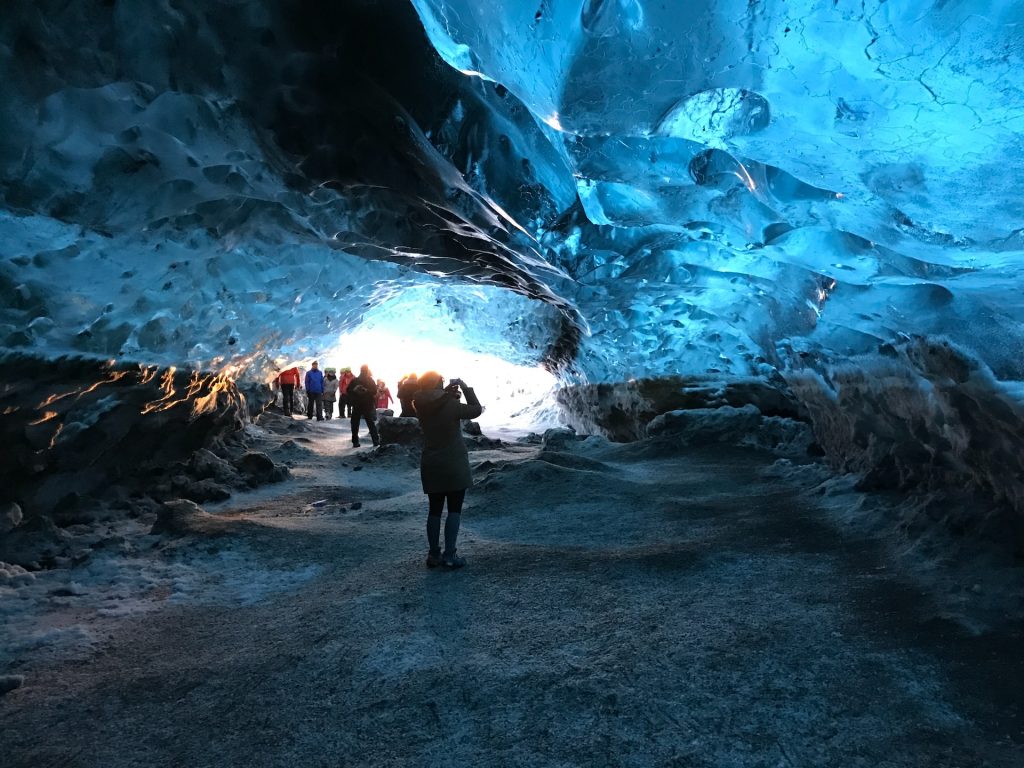
2. Enjoy Festivals
March is surprisingly a great time for festivals and events in Iceland! The legendary Battle of the Bands descends on Reykjavik every year around the end of the month. Bands from across the country gather in the capital to try and make it big with some winners, like Of Mice and Men, becoming recognized across the world.
The Reykjavik Folk Festival, Food and Fun festival, and DesignMarch are held in the capital in the month of March and are a huge hit with Icelanders and tourists alike.
A fun addition to March’s merriment is Mustache March, known as Mottumars in Icelandic. Many Icelandic men take part in the annual tradition of forgoing shaving to raise money for various charities and causes. Follow the locals lead by holding on to your facial hair during your visit to Iceland in March if you want to blend in!
Easter festivities also take place in March if Easter happens to fall in this month instead of April. Typical Icelandic Easter traditions include decorating eggs and going on an Easter egg hunt and gathering around a table to enjoy roast lamb.
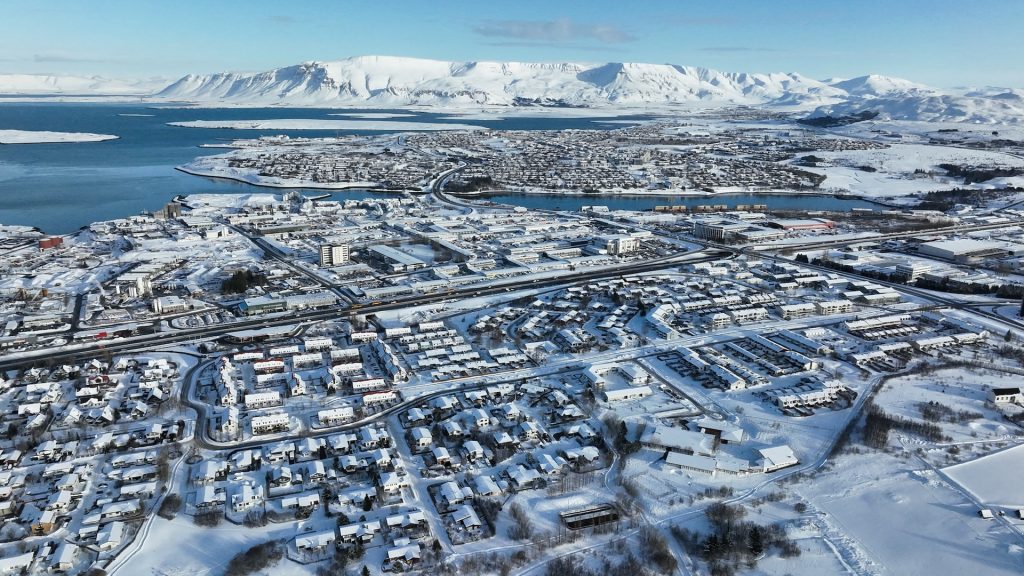
3. Self-driving via the Ring Road
March is one of the least expensive months to rent a car in Iceland. If you’re planning on taking a road trip around the country, March can be a good month to do so, especially if you wait until the later half of the month when temperatures slightly begin to thaw and there’s more daylight hours.
You’ll need prior experience driving on snowy roads and a 4×4 vehicle to make sure you stay safe. Keep in mind that some eastern roads may become especially treacherous as this area is remote. If you’re well prepared you could have some of Iceland’s most magical sites, like the Jökulsárlón Lagoon, black sand beach or Goðafoss Waterfall all to yourself, experiencing them shrouded in snow and ice.
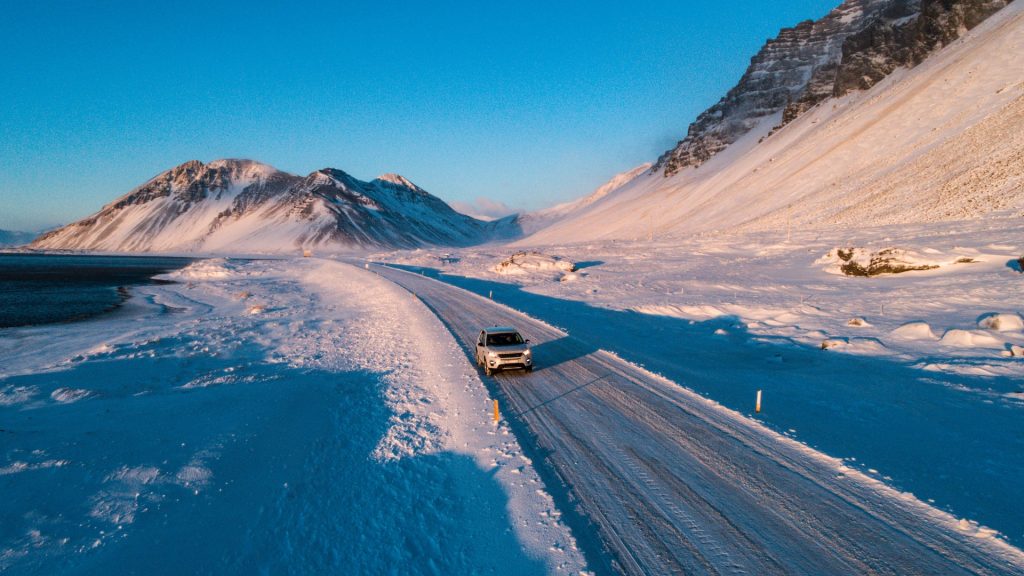
4. Whale Watching Excursions
March marks the beginning of the whale-watching season in Iceland. The waters around Iceland are home to various species, including minke whales, humpback whales, and sometimes even orcas. Tours are available from Reykjavik and Husavik, known as the whale-watching capital of Iceland. These excursions offer a unique opportunity to witness these majestic creatures in their natural habitat.

5. Relaxing in Geothermal Pools
No visit to Iceland is complete without experiencing its famous geothermal pools. The Blue Lagoon is a popular choice, but there are many lesser-known hot springs scattered across the country, offering a more secluded and natural experience. Soaking in these warm waters is a perfect way to unwind after a day of exploring in the cold.
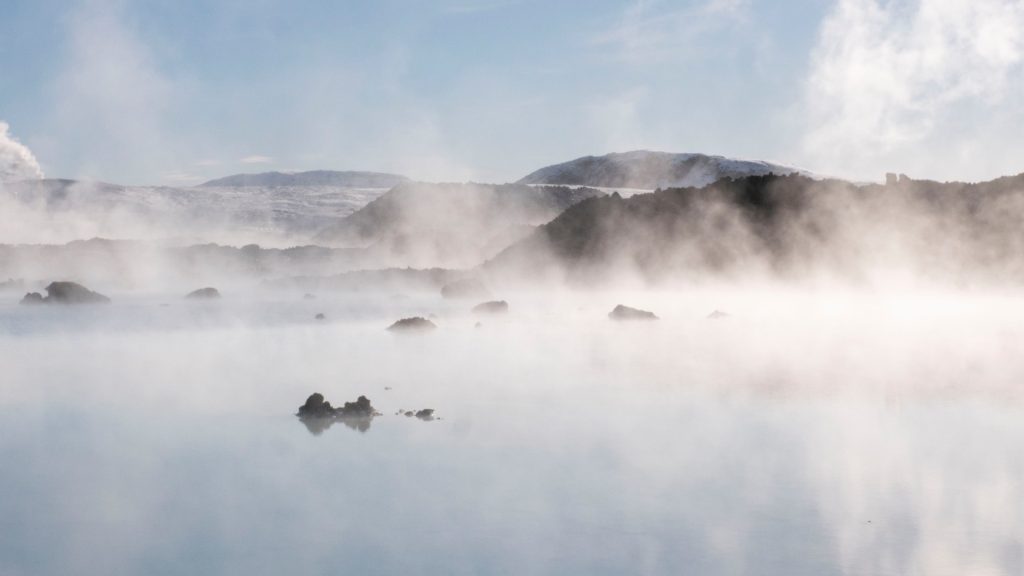
Practical Travel Tips for March
Navigating the Weather
The weather in Iceland can be unpredictable. It’s crucial to dress in layers and be prepared for sudden changes. Waterproof and windproof outerwear is a must. Additionally, keep an eye on the Icelandic Meteorological Office website (vedur.is) for up-to-date weather information.
Driving Safely
If you’re renting a car, ensure you’re comfortable with winter driving. Studded tires and four-wheel drive are highly recommended. Be mindful of sudden weather changes that can make driving conditions challenging.
Exploring Icelandic Cuisine
Local Delicacies
Icelandic cuisine is a blend of traditional and modern flavors. In March, try local specialties like hangikjöt (smoked lamb), plokkfiskur (fish stew), and skyr (a yogurt-like dairy product). Don’t miss out on tasting fermented shark, a traditional Icelandic dish for the more adventurous foodies.
Dining in Reykjavik
Reykjavik offers a range of dining experiences from cozy cafés to high-end restaurants. Icelandic chefs are known for their innovative use of local ingredients, so expect some culinary surprises.
Cultural Insights
Understanding Local Customs
Icelanders are known for their warm hospitality but also value their privacy and personal space. It’s important to respect local customs and etiquette, especially when interacting with locals or exploring rural areas.

Language and Communication
While Icelandic is the official language, English is widely spoken, especially in tourist areas. Learning a few basic Icelandic phrases can be appreciated by the locals.
Renting a Car with Firefly Iceland Car Rentals
Remember, traveling with Firefly Iceland Car Rentals provides you with the freedom to explore at your own pace. Their team can guide you on the best vehicle options for winter conditions and offer tips for a safe and enjoyable journey across this stunning land.
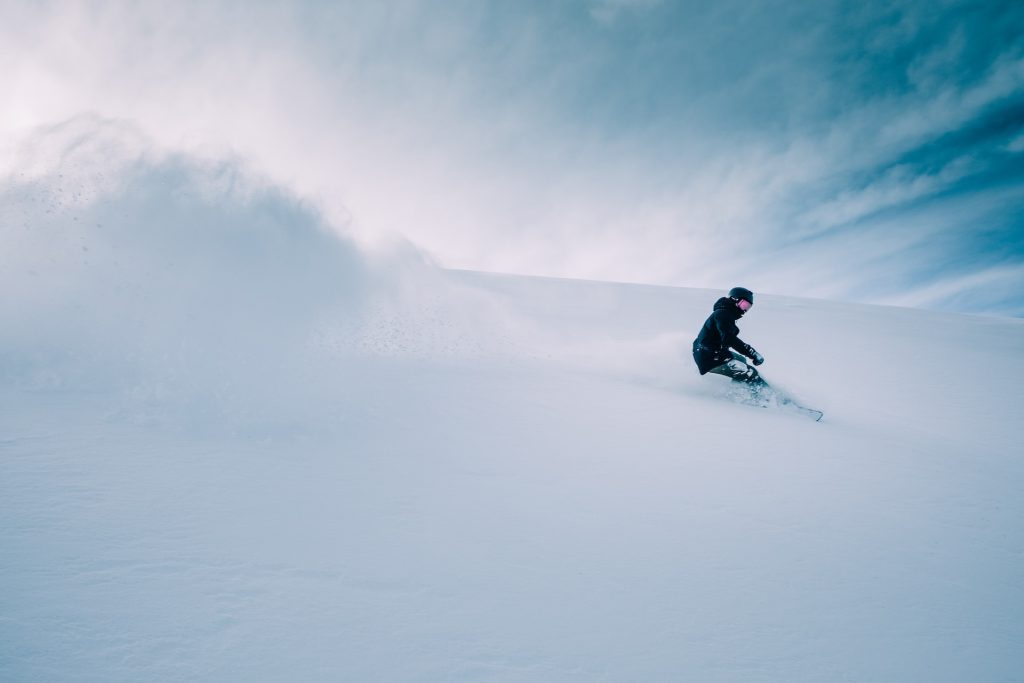
Travel to Iceland in March
If you’re planning to visit Iceland, March can be a beautiful time of snow, festivals, and the northern lights dancing above your head.
Visiting Iceland in March offers a unique blend of winter landscapes, vibrant culture, and thrilling activities. It’s a time when the country is still cloaked in winter’s beauty but with fewer tourists, allowing for a more intimate experience of its natural wonders and local life.
Renting a car in March with Firefly Iceland Car Rentals is one of the least expensive ways to get around the country. Talk to their staff about which rental car is right for you and how to navigate Iceland’s roads in the winter months.




